Blocking
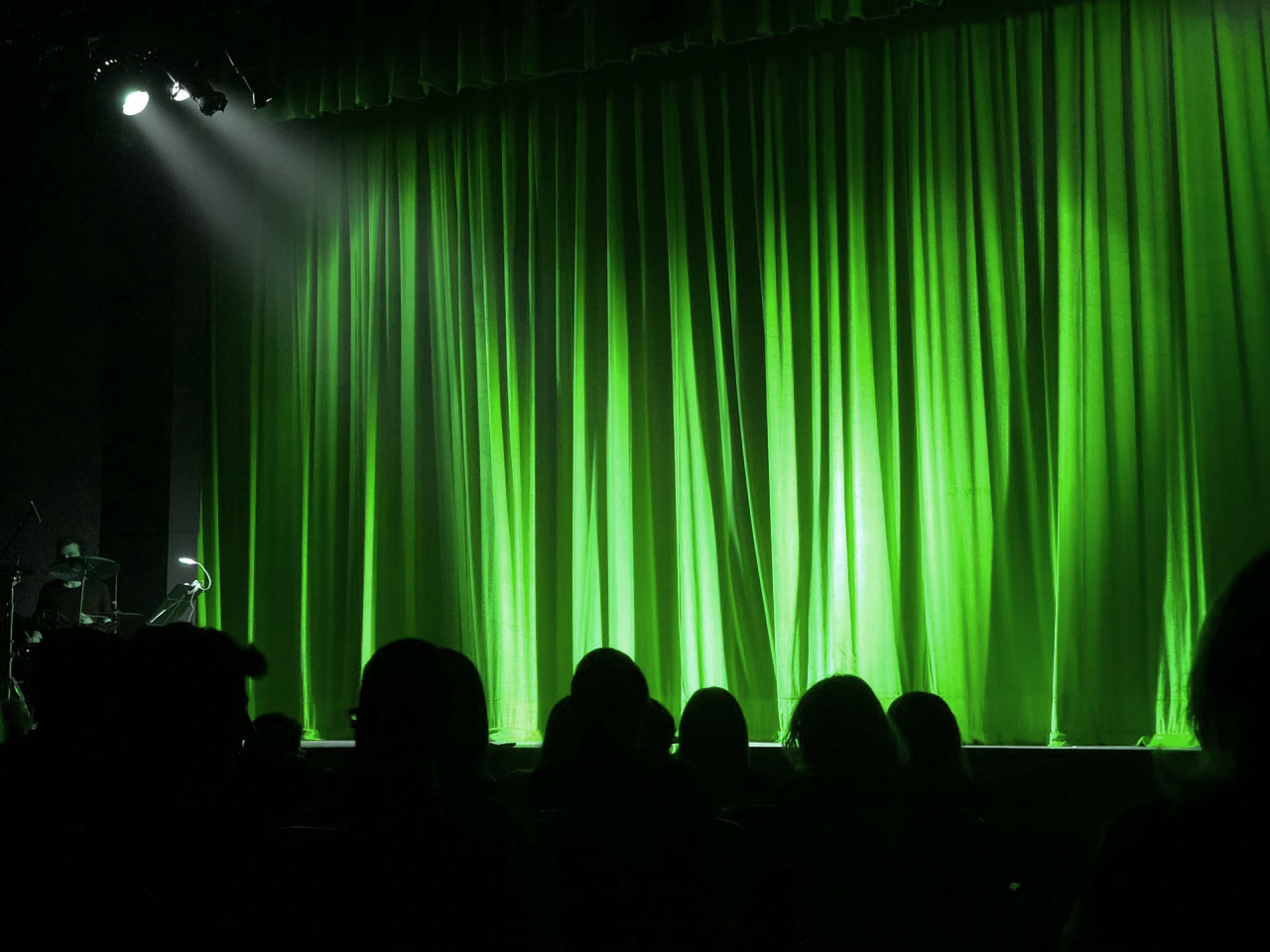
STANDARD ACTING AREAS
*The purpose of having Standard Acting Areas is so that directors and actors can effectively communicate where to start, move, and end up while on stage.
*Both the Proscenium and the Thrust stage use standard acting areas; the only difference being is that the proscenium stage adds the apron.
*These are the two configurations used for acting areas. The top one is often used on smaller stages, and the bottom one for large stages for a more precise description.
*We have heard these listed as 9 and 15 or 10 and 16 areas. Generally, we at Uciem feel that the Apron does count as an acting area for proscenium stages since it is acted upon.
*Notice that left and Right appear flipped on the diagram. This is because the diagram is drawn from the audience’s / director’s point of view, however directions are given from the actor’s point of view in order to make it easy for them. This means the director must give directions in reverse.
C=Center
D=Down
L=Left
R=Right
U=Up
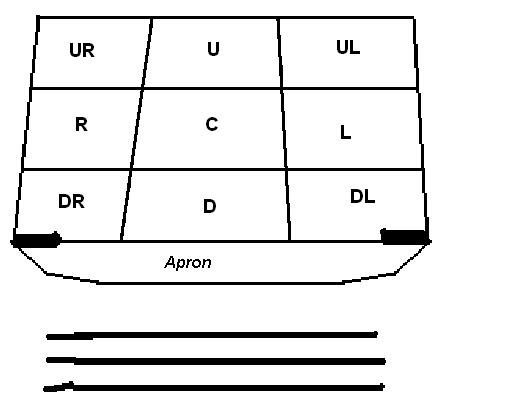
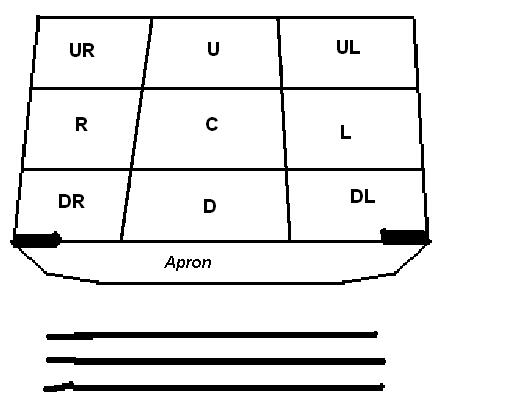

BODY POSITIONS
*Body positions deal with the direction you are facing on stage.
*Turning out to the ¼ position so the audience can see more of you, instead of facing profile, is called “Cheating out.”
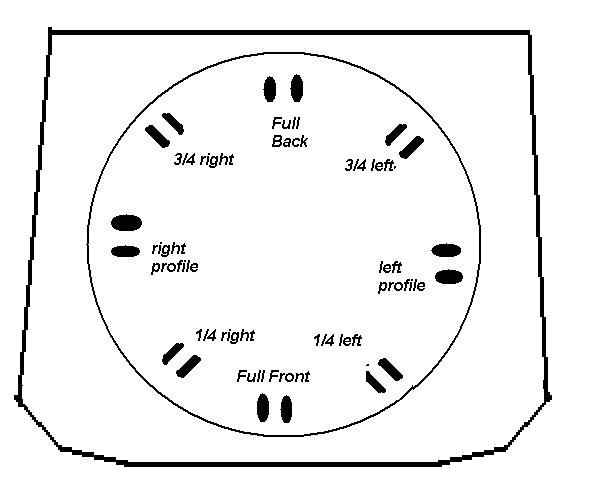

CROSSING
*A stage cross is when an actor moves from one location to another on stage. This includes crossing while entering or exiting.
* Crosses are categorized as Strong or Weak and Direct or Curved, or as a Counter Cross.
+Strong (a cross that takes the audience’s attention, making the actor the primary focus) or
+Weak (a cross that does not take the audience’s focus or takes less of the audience’s focus). Weak crosses are used when an actor needs to cross
but is not the most important character
on stage.
-Direct: Crossing directly from Point A to Point B; usually shows immediacy or purpose.
-Curved: Crossing indirectly from point A to B; can show casualness, hesitation, or used when an obstacle is in the way.
*Counter Cross: Is when you cross slightly to move out of the way of another actor, either not to upstage, not be upstaged, or to balance the stage picture.
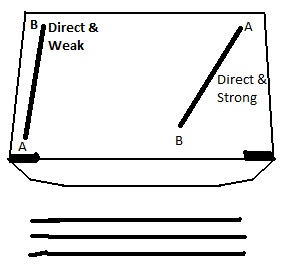
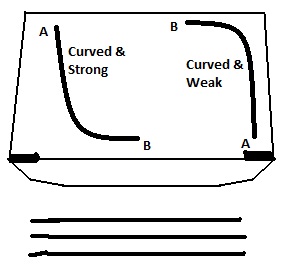
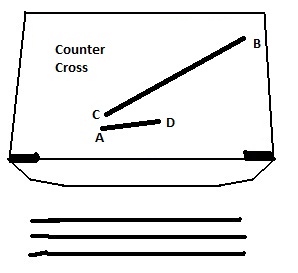

LEVELS
*Levels deal with the different Heights on Stage.
*You change levels by stepping on to a platform, sitting, standing up, bending over, etc.
*Both levels and planes are used to create a more interesting stage picture.


PLANES
*Planes deal with depth perception.
*Both levels and planes are used to help create a more interesting stage picture.

Cover Photo by Monica Silvestre from Pexels